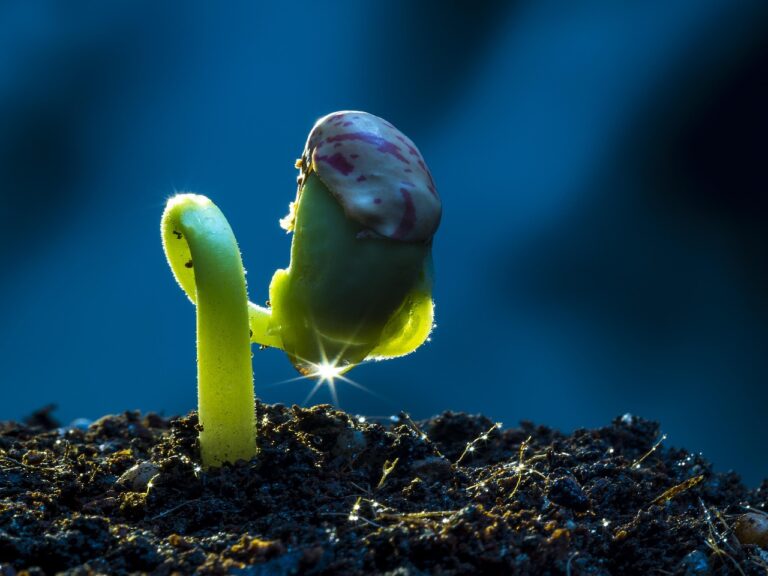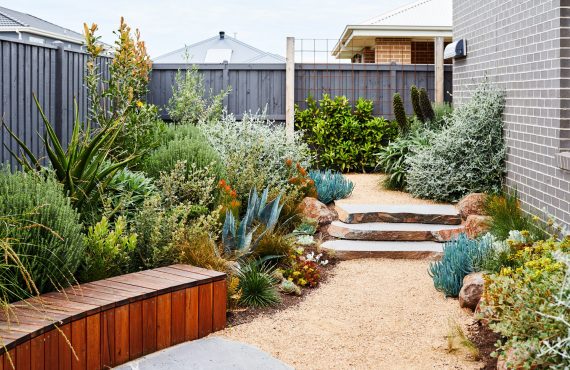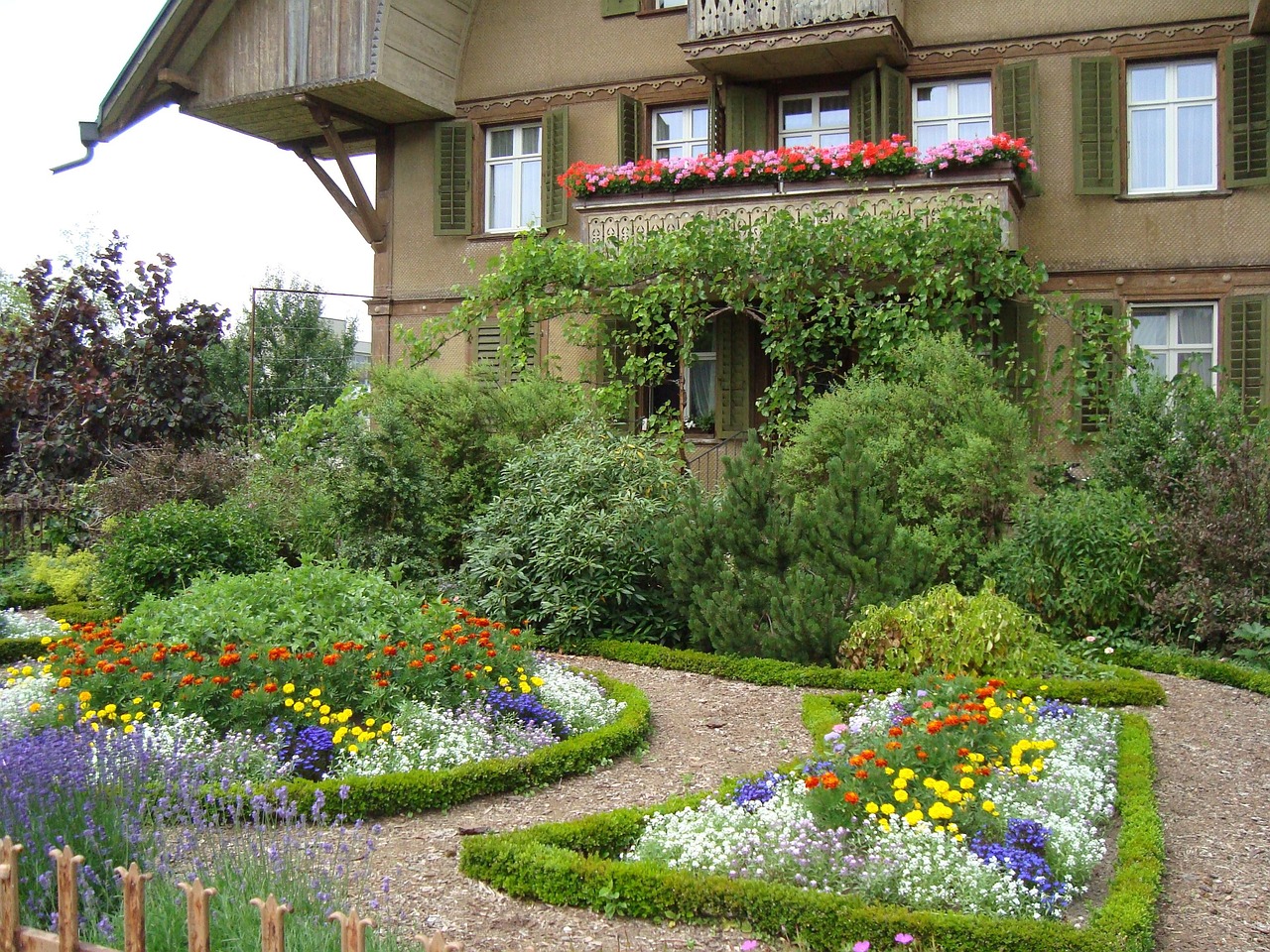Creating a beautiful outdoor space doesn’t have to mean endless hours of watering, pruning, or fertilizing. By designing a low-maintenance garden with native plants, you can enjoy a thriving, eco-friendly landscape that requires minimal effort while supporting local biodiversity.

Why Choose Native Plants for Your Garden?
Native plants are species that have evolved naturally in a specific region. They are well adapted to the local climate, soil, and wildlife. Choosing them for your garden offers several benefits:
- Less Watering: They thrive on natural rainfall.
- Fewer Chemicals: Native plants are more resistant to local pests and diseases.
- Wildlife Support: They provide food and habitat for pollinators and birds.
- Low Effort: Once established, they require little to no maintenance.

Step-by-Step: How to Design Your Low-Maintenance Garden
1. Analyze Your Space
Start by observing your yard:
- Sun vs. shade exposure
- Soil type and drainage
- Existing vegetation
This helps you choose the right plants for the right places.
2. Define Functional Zones
Organize your space with clear zones:
- Seating or dining areas
- Pathways with gravel or stepping stones
- Native planting zones for flowers or shrubs
3. Select the Right Native Plants
Choose plants based on your climate zone. Examples include:
- USA/Canada:
- Echinacea (Purple Coneflower)
- Asclepias tuberosa (Butterfly Weed)
- Coreopsis
- Little Bluestem (Schizachyrium scoparium)
- UK:
- Foxglove (Digitalis purpurea)
- Primrose
- Dog Rose (Rosa canina)
- Common yarrow (Achillea millefolium)
Use a mix of grasses, flowering perennials, and shrubs for year-round interest.
4. Limit Lawn Space
Lawns are high-maintenance. Replace unused lawn areas with ground covers like:
- Creeping thyme
- Sedum
- Chamomile lawn
5. Add Mulch and Edging
Mulch reduces weeds and keeps moisture in. Use natural borders (stone, wood, steel) to define your garden beds.
6. Install a Smart Irrigation System (Optional)
Drip systems or soaker hoses can automate minimal watering, especially during dry spells.

Garden Styles That Work Well with Native Plants
- Meadow Garden: A natural mix of wildflowers and grasses.
- Woodland Garden: Ideal for shady areas with ferns and undergrowth plants.
- Prairie Garden: Open space with tall grasses and drought-resistant flowers.
Resources and Plant Guides
Conclusion
Designing a low-maintenance garden with native plants is a smart, sustainable choice. It saves time, reduces costs, and creates a space that’s both beautiful and beneficial to local ecosystems. With a thoughtful layout and plant selection, you’ll enjoy your garden—not work for it.



Pingback: Climate-Resilient Gardening: How to Protect Your Garden
Pingback: Golden Gardens: How to Design a Stunning Coastal Backyard
Pingback: Palm Trees for Backyard Design: Best Types and Care Tips
Pingback: Best Solar Garden Lights for 2025 | Eco-Friendly Picks